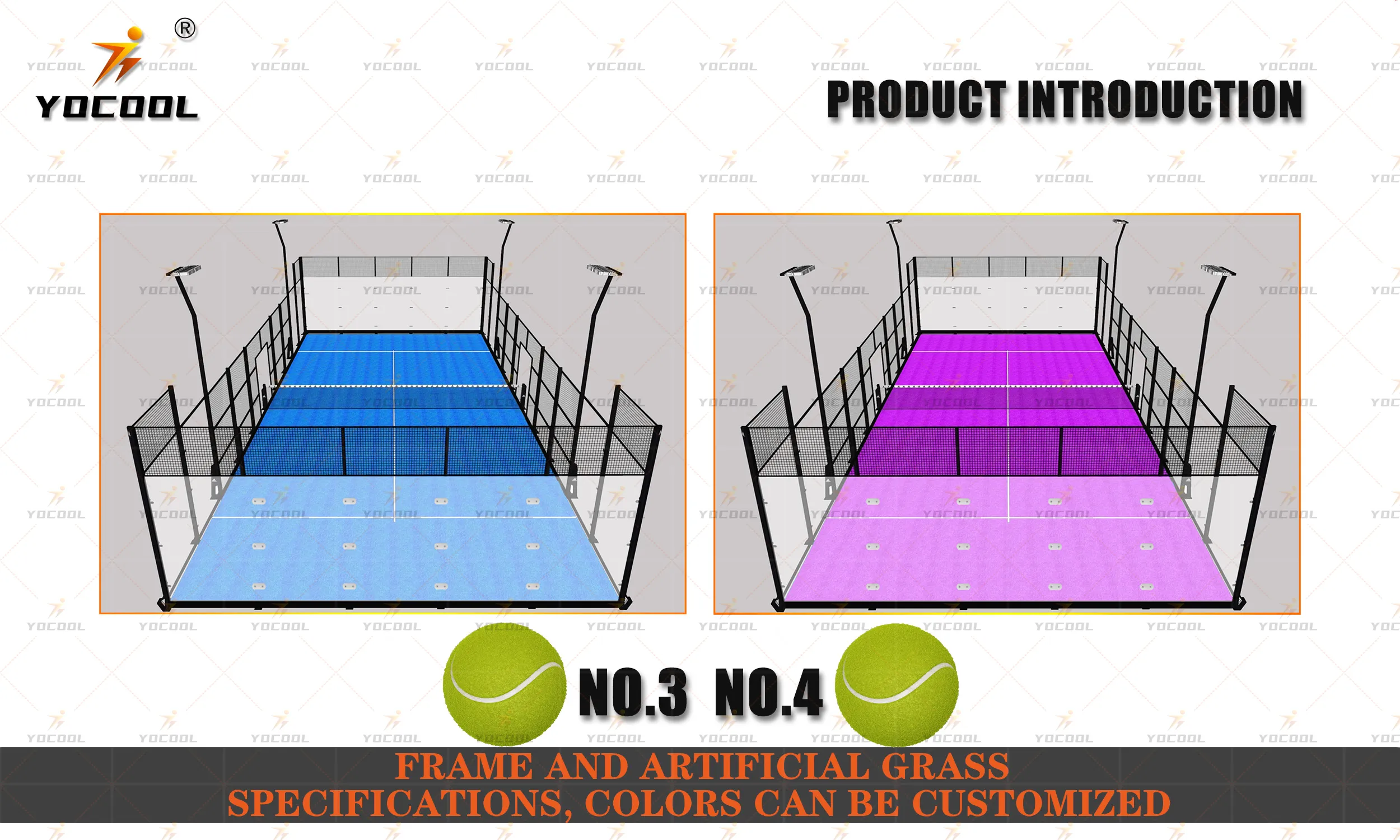

The Structure of Padel Courts in China An Overview
Padel, a racket sport that combines elements of tennis and squash, has gained substantial popularity worldwide, and China is no exception. As the sport continues to grow in favor, understanding the structure and design of padel courts in China becomes essential for enthusiasts, developers, and players alike.
Court Dimensions
A standard padel court measures 20 meters in length and 10 meters in width, a compact size that makes it ideal for various settings, from urban centers to rural areas. The court is enclosed by walls made of glass and solid materials, allowing for unique gameplay dynamics. The walls not only serve as boundaries but also play a significant role in the strategic aspects of the game, as players can use them to rebound the ball.
Surface Material
The choice of surface material is crucial for the efficiency and safety of play. In China, many padel courts have opted for artificial grass or synthetic turf, which provide excellent ball bounce and reduce the risk of injuries. The surface is designed to be both durable and easy to maintain, which is particularly important in accommodating the increasing number of padel players.
Net and Markings

At the center of the court, a net divides the playing area, standing at a height of 88 centimeters in the middle and 92 centimeters at the posts. This slight elevation creates a unique challenge for players who must master various techniques to effectively control the ball. The court is marked with specific lines that denote service areas and boundaries, ensuring clarity during play. These markings are standardized according to international padel regulations, which further legitimizes the sport's competitive nature within China.
Lighting and Accessibility
The increase in indoor padel courts across China has highlighted the importance of proper lighting and accessibility. Well-lit courts allow for games to take place even after sunset, extending playtime for both amateur and professional players. Moreover, accommodating facilities such as changing rooms and rest areas enhance the overall experience, making padel courts more inviting. The emphasis on accessibility also ensures that individuals of all ages and skill levels can participate in the sport.
Multi-Purpose Use
Padel courts in China are often designed with versatility in mind. Besides being used for padel matches, these courts can serve various recreational activities. This multi-purpose approach is ideal for urban development, where space is limited and the demand for diverse sporting facilities is high. Developers are increasingly integrating padel courts into community centers, fitness clubs, and sports complexes, fostering a culture of physical activity.
Conclusion
The structure and design of padel courts in China reflect the sport's rapidly expanding popularity and the country's commitment to promoting health and fitness. The thoughtful consideration of dimensions, materials, and accessibility not only enhances the playing experience but also encourages community engagement. As more players embrace this engaging sport, the future of padel in China looks bright, promising growth, and development within the realm of recreational activities. Embracing the sport's fundamentals while innovating in court design will be pivotal to ensuring its success as a mainstream activity.
High-Performance Industrial Flooring Solutions China Paddle Tennis Court for Sale
High-Performance Industrial Flooring Solutions Durable & Cost-Effective
Homogeneous Transparent Floor – Durable & Stylish Rubber Floor Solutions
Premium Homogeneous Transparent Floor for Durable & Stylish Spaces Rubber Floor Solutions
Premium Sports Floor Solutions Durable PVC Sports Floor & Rubber Floor for Gyms
Durable Rubber Composite Floor Premium Rubber Floor & Mats Solutions